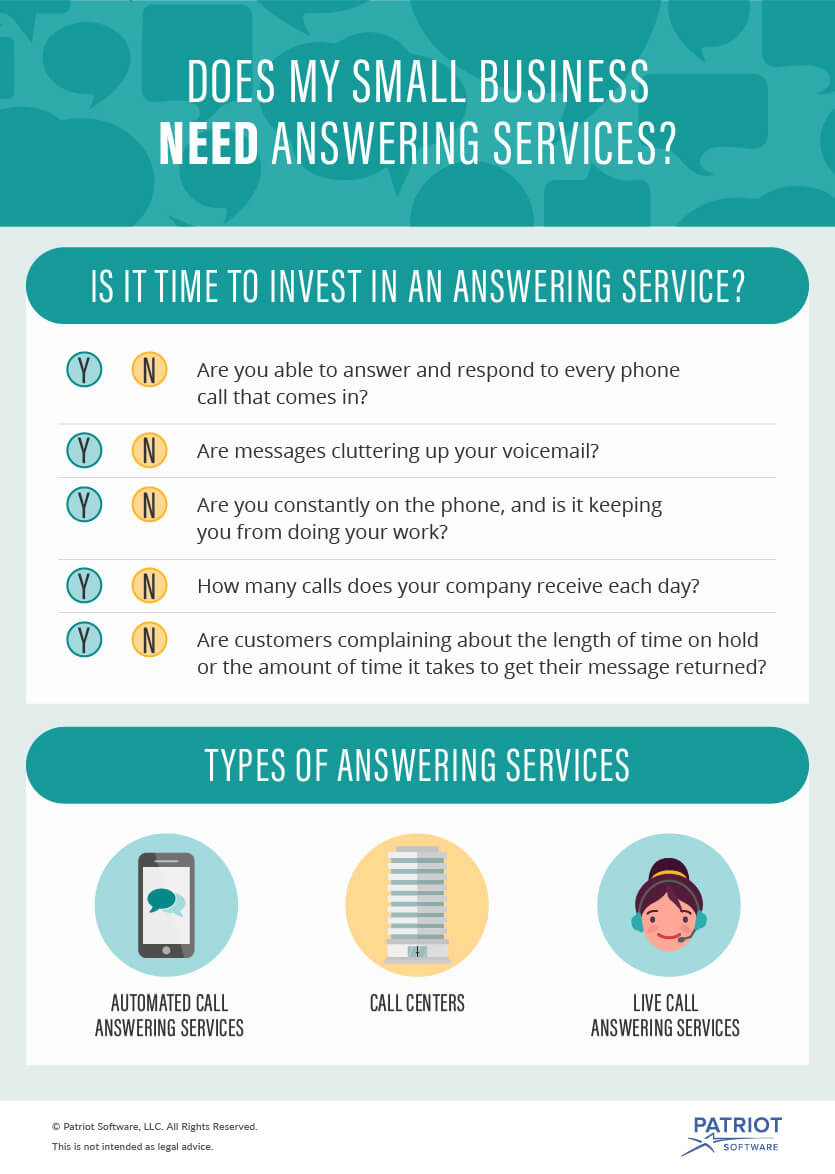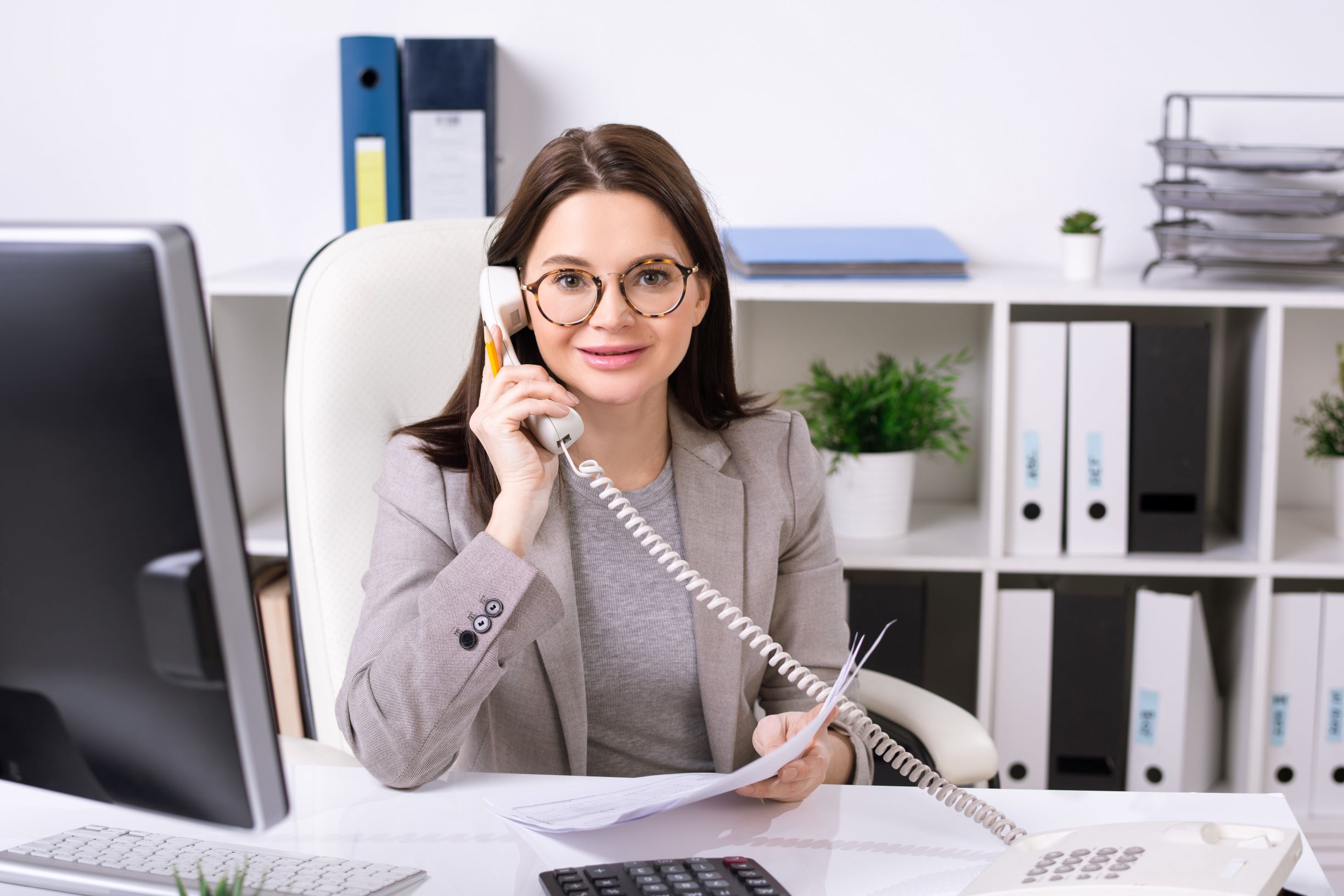All Categories
Featured
Table of Contents
- – Best What Is A Phone Answering Service? Sales N...
- – What Are The Best How Does An Answering Servic...
- – Best Telephone Answering Service For Smes - My...
- – How Do I Find A Phone Answering Services - Au...
- – What Is The Best 4 Different Types Of Busines...
- – Which Is The Best Telephone Answering Servic...
Best What Is A Phone Answering Service? Sales Near Me
This device and its followers were developed by Sava Jacobson, an electrical engineer with a private consulting organization. While early answering devices utilized magnetic tape innovation, many contemporary equipment utilizes strong state memory storage; some gadgets utilize a mix of both, with a solid-state circuit for the outgoing message and a cassette for the incoming messages.
"toll conserving" below) (phone call answering). This works if the owner is screening calls and does not wish to talk to all callers. In any case after going, the calling celebration needs to be informed about the call having been responded to (most of the times this begins the charging), either by some remark of the operator, or by some welcoming message of the TAD, or resolved to non-human callers (e.
This holds specifically for the Little bits with digitally stored greeting messages or for earlier devices (prior to the increase of microcassettes) with a special endless loop tape, separate from a second cassette, dedicated to recording. There have actually been answer-only devices with no recording abilities, where the welcoming message had to inform callers of a state of existing unattainability, or e (professional phone answering service).
What Are The Best How Does An Answering Service Work? Companies?

about availability hours. In recording Littles the welcoming usually contains an invitation to leave a message "after the beep". A voice mail that utilizes a microcassette to tape-record messages On a dual-cassette answerphone, there is an outgoing cassette, which after the defined variety of rings plays a pre-recorded message to the caller.

Single-cassette voice mail consist of the outgoing message at the start of the tape and incoming messages on the staying area. They initially play the statement, then fast-forward to the next available space for recording, then tape the caller's message. If there are lots of previous messages, fast-forwarding through them can cause a substantial delay.
This beep is often referred to in the welcoming message, asking for that the caller leave a message "after the beep". Littles with digital storage for the taped messages do disappoint this delay, of course. A little might provide a remote control center, whereby the answerphone owner can ring the home number and, by entering a code on the remote telephone's keypad, can listen to recorded messages, or delete them, even when far from house.
Best Telephone Answering Service For Smes - Myco Works Money Can Buy

Therefore the device increases the variety of rings after which it responds to the call (typically by 2, resulting in 4 rings), if no unread messages are presently stored, however responses after the set number of rings (usually 2) if there are unread messages. This permits the owner to discover out whether there are messages waiting; if there are none, the owner can hang up the phone on the, e.
Some machines likewise allow themselves to be from another location activated, if they have been turned off, by calling and letting the phone ring a specific big number of times (typically 10-15). Some company desert calls currently after a smaller variety of rings, making remote activation impossible. In the early days of Littles a special transmitter for DTMF tones (dual-tone multi-frequency signalling) was regionally needed for push-button control, because the formerly used pulse dialling is not apt to communicate proper signalling along an active connection, and the dual-tone multi-frequency signalling was implemented stepwise.
Any inbound call is not identifiable with regard to these homes in advance of going "off hook" by the terminal devices. So after going off hook the calls should be switched to appropriate devices and just the voice-type is right away available to a human, but possibly, nevertheless must be routed to a TAD (e.
How Do I Find A Phone Answering Services - Australian Virtual Receptionists Service?
What if I told you that you do not need to actually select up your device when responding to a customer call? Another person will. So hassle-free, ideal? Responding to phone calls doesn't require somebody to be on the other end of the line. Effective automated phone systems can do the trick just as effectively as a live agent and often even better.
An automated answering service or interactive voice reaction system is a phone system that interacts with callers without a live person on the line - call answering services. When companies utilize this innovation, clients can get the answer to a question about your company merely by using interactions set up on a pre-programmed call flow.
Although live operators update the customer care experience, lots of calls do not need human interaction. A basic taped message or directions on how a consumer can retrieve a piece of info typically resolves a caller's instant requirement - phone answering. Automated answering services are a basic and efficient method to direct incoming calls to the right individual.
What Is The Best 4 Different Types Of Business Phone Answering Services On The Market
Notification that when you call a company, either for support or item query, the very first thing you will hear is a pre-recorded voice greeting and a series of options like press 1 for customer support, press 2 for inquiries, and so on. The pre-recorded alternatives branch off to other options depending upon the customer's choice.
The phone tree system assists direct callers to the ideal individual or department using the keypad on a smart phone. In some circumstances, callers can utilize their voices. It deserves keeping in mind that auto-attendant options aren't restricted to the 10 numbers on a phone's keypad. Once the caller has actually picked their first choice, you can design a multi-level auto-attendant that uses sub-menus to direct the caller to the best kind of assistance.
The caller does not have to communicate with a person if the auto-attendant phone system can manage their concern. The automatic service can path callers to a worker if they reach a "dead end" and need support from a live agent. It is costly to hire an operator or executive assistant.
Which Is The Best Telephone Answering Service: What It Is And Why It Isn't Enough
Automated answering services, on the other hand, are considerably more economical and supply considerable cost savings at approximately $200-$420/month. Even if you do not have committed staff to handle call routing and management, an automatic answering service enhances efficiency by enabling your group to concentrate on their strengths so they can more effectively invest their time on the phone.
A sales lead routed to consumer service is a lost shot. If a customer who has product questions reaches the incorrect department or gets insufficient answers from well-meaning workers who are less trained to handle a specific type of concern, it can be a cause of aggravation and discontentment. An automatic answering system can reduce the number of misrouted calls, thus assisting your employees make better usage of their phone time while maximizing time in their calendar for other jobs.
With Automated Answering Systems, you can create a tailored experience for both your personnel and your callers. Make a recording of your main welcoming, and merely upgrade it regularly to reflect what is going on in your organization. You can develop as numerous departments or menu options as you desire.
Table of Contents
- – Best What Is A Phone Answering Service? Sales N...
- – What Are The Best How Does An Answering Servic...
- – Best Telephone Answering Service For Smes - My...
- – How Do I Find A Phone Answering Services - Au...
- – What Is The Best 4 Different Types Of Busines...
- – Which Is The Best Telephone Answering Servic...
Latest Posts
Sought-After Real Estate Answering Service Near Me – Central Queensland
Comprehensive After Hours Answering Service
Emergency Call Answering Service Near Me – Gold Coast 4217
More
Latest Posts
Sought-After Real Estate Answering Service Near Me – Central Queensland
Comprehensive After Hours Answering Service
Emergency Call Answering Service Near Me – Gold Coast 4217